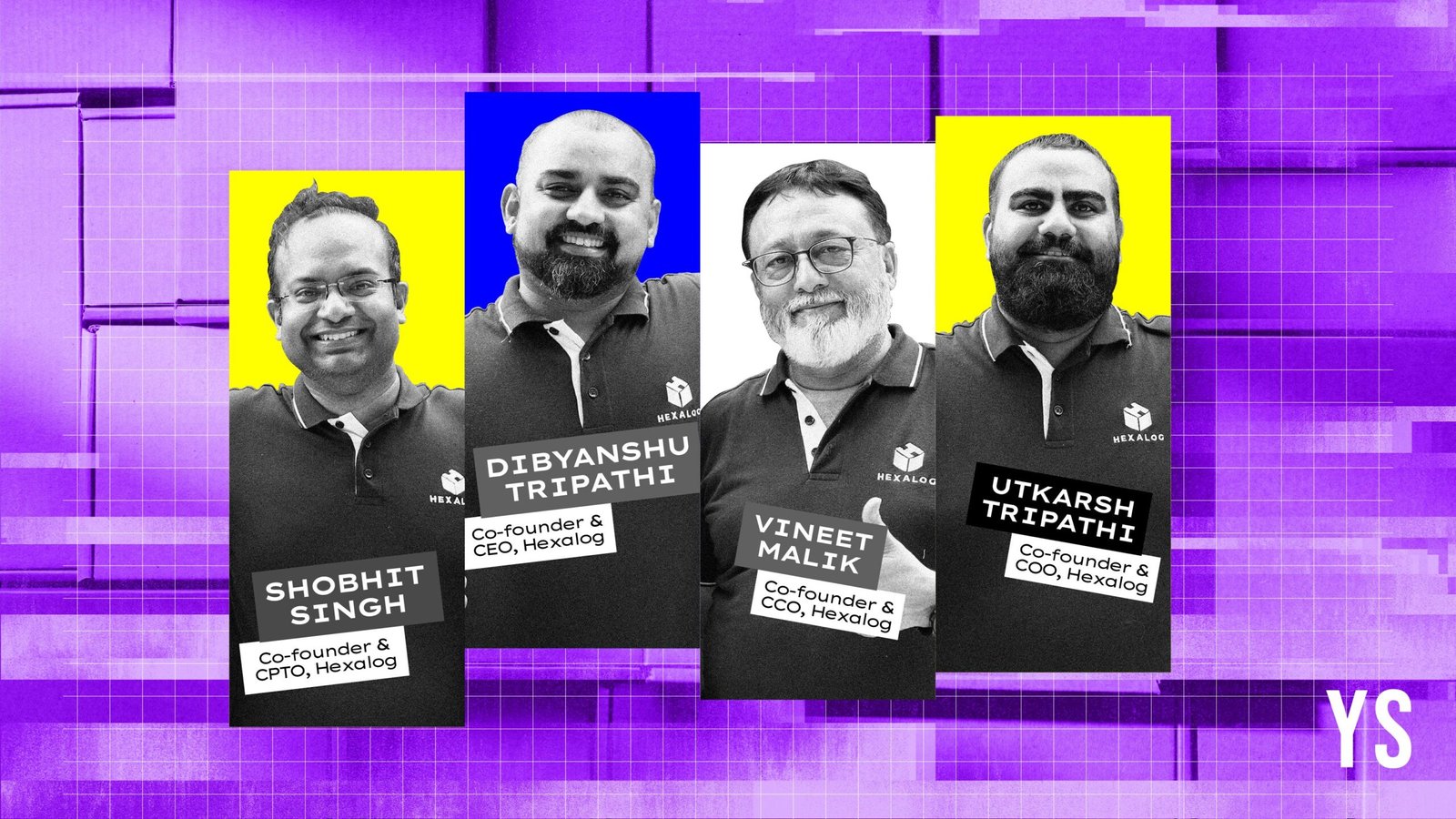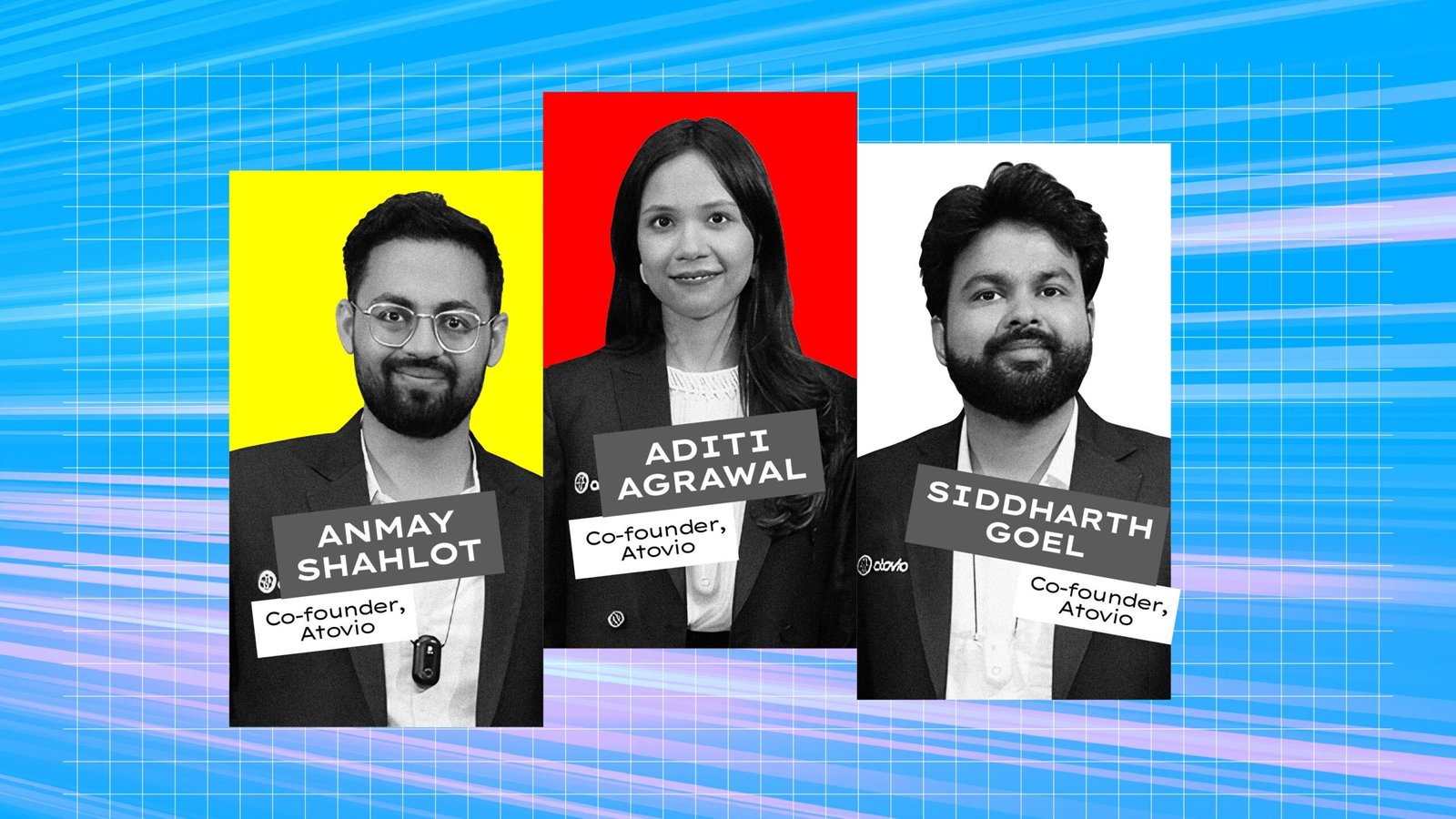mFilterIT’s decade-long journey to securing the digital ecosystem


But today, removing such ads is only a part of mFilterIT’s business. Starting its journey in 2015 as a digital media verification startup, the startup has grown into a multi-sector risk intelligence platform covering ad verification, brand protection, telecom risk, and threat monitoring for public events and critical infrastructure.
Relan and Gupta, both ex-Nokia colleagues, started mFilterIT at a time when India’s digital ad market was booming. The company’s first tools verified ad impressions and clicks, ensuring campaigns reached the right audience on safe platforms.
Relan says industry estimates showed that 12- 14% of India’s Rs 60,000-70,000 crore digital ad spend was being lost to fraud. “In those early years, we worked quietly in the background,” he says. “We would detect fake traffic, block it, and then show clients exactly how much money they saved.”
Recognising a wider problem
By 2022, the founders realised that wasted marketing budgets were only one piece of a bigger problem. The same networks behind ad fraud were also powering scams, spreading false information, and running impersonation rackets.
“That was the turning point,” Relan says. “We saw that if you follow the money, it leads to bigger risks, financial fraud, harmful narratives, even threats to national security.”
Building on that realisation, mFilterIT broadened both its technology and its reach. The tools once used to flag suspicious ads were now scanning for fake websites, tracking fraudulent financial activity, and monitoring online chatter for potential threats.
.thumbnailWrapper{
width:6.62rem !important;
}
.alsoReadTitleImage{
min-width: 81px !important;
min-height: 81px !important;
}
.alsoReadMainTitleText{
font-size: 14px !important;
line-height: 20px !important;
}
.alsoReadHeadText{
font-size: 24px !important;
line-height: 20px !important;
}
}

A three-pronged approach
Now, mFilterIT operates across three core areas: enterprise media verification to ensure ads are shown accurately and in safe contexts; brand and identity protection to spot phishing, impersonation, and misuse of brand assets; and critical infrastructure security to help governments and agencies identify and respond to potential threats.
Relan compares the technology to “Lego blocks”. These are basic tools for checking, collecting, and making decisions that can be set up in different ways.
“A telecom company, a bank, and a government office might all use the same blocks, just arranged differently,” he adds.
On the ground with police, defence, and BFSI
One high-profile use case of its solutions came during the Mahakumbh, where mFilterIT collaborated closely with law enforcement to monitor and scan online platforms for harmful content, including fake news, scams, and illegal activities that could disrupt the massive gathering.
The team used advanced AI-driven tools to track suspicious posts, flag potential threats, and provide real-time alerts to authorities.
These leads enabled the police to take down fraudulent websites, prevent the spread of misinformation, and act swiftly against malicious actors, ensuring the safety and security of millions of pilgrims attending the event.
In the BFSI sector, the company is building tools to detect “mule” accounts used for laundering stolen funds and to classify risks linked to mobile connections. In telecom, it is exploring fraud detection at the network layer. Some of these capabilities will launch at an event in Mumbai next month.
“We aim to close the loop, detect the problem, trace its source, and support enforcement,” Relan says.
.thumbnailWrapper{
width:6.62rem !important;
}
.alsoReadTitleImage{
min-width: 81px !important;
min-height: 81px !important;
}
.alsoReadMainTitleText{
font-size: 14px !important;
line-height: 20px !important;
}
.alsoReadHeadText{
font-size: 24px !important;
line-height: 20px !important;
}
}

Expanding beyond borders with AI
Over the past 18 months, mFilterIT has signed up 500 active clients and expanded its presence to the Middle East, Singapore, and the United States. The company entered the US market two months ago, a move seen as strategic given the country’s massive advertising spend and growing public-sector focus on cyber threats.
Telecom is another key growth area, with the founders’ experience in the sector giving the company a strong advantage.
MFilterIT has used AI since its early days, starting with machine learning models to spot unusual patterns and flag risky activity. But now, with private large language models (LLMs) and AI agents, the platform can scan more data, link threats from different sources, and give real-time alerts.
However, AI has also worsened the problem. “Fraudsters can launch thousands of fake websites or profiles in minutes,” Relan tells YourStory. “That’s why fraud prevention needs to be seen as digital hygiene, like washing your hands.”
MfilterIt is technology-agnostic and works smoothly with AWS, Google Cloud, and Microsoft Azure. Its core verification and brand safety software is built entirely in-house. All campaign data is stored securely in the client’s chosen cloud, protected from unauthorised access and managed under strict national and international data security standards.
The startup employs 180 people, with roughly 70% dedicated to technology roles.
Bootstrapped and growing
Despite scaling its operations across multiple geographies and sectors, the startup remains bootstrapped. According to the founder, MFilterIT is recording a 30% annual growth. As the founder states, the company’s current valuation is reported to be around Rs 500 crore.
The company is in discussions with strategic investors to raise funds in the future to expand its impact and unlock new growth opportunities, with a particular focus on international markets such as the US.
MFilterIT earns through a mix of subscription-based licences and managed services.
Subscriptions give clients direct access to their verification and risk-analysis platforms, while managed services involve MFilterIT’s team running monitoring, analysis, and reporting on the client’s behalf. This hybrid model caters to both enterprises with in-house capabilities and those preferring end-to-end support.
An underused safeguard and the market size
Fewer than 20% of digital campaigns in India use verification tools, leaving a big gap in online safety. In a mobile-first, UPI-first country with low digital literacy, this can be risky, especially for first-time internet users.
For someone earning Rs 8,000 a month, even losing Rs 100 can be significant. Relan says, “Prevention should be built in from the start, protecting people before scams or fraud can cause harm.”
According to the Precedence Research, the global digital ad spending market is valued at $650 billion in 2025 and is projected to reach $1,483 billion by 2034, growing at a CAGR of 9.47%.
“We’re currently capturing 2% share,” Relan says, “but our goal is to take a much larger slice of the domestic assurance spend in the coming years.”
Edited by Affirunisa Kankudti
Discover more from News Hub
Subscribe to get the latest posts sent to your email.







